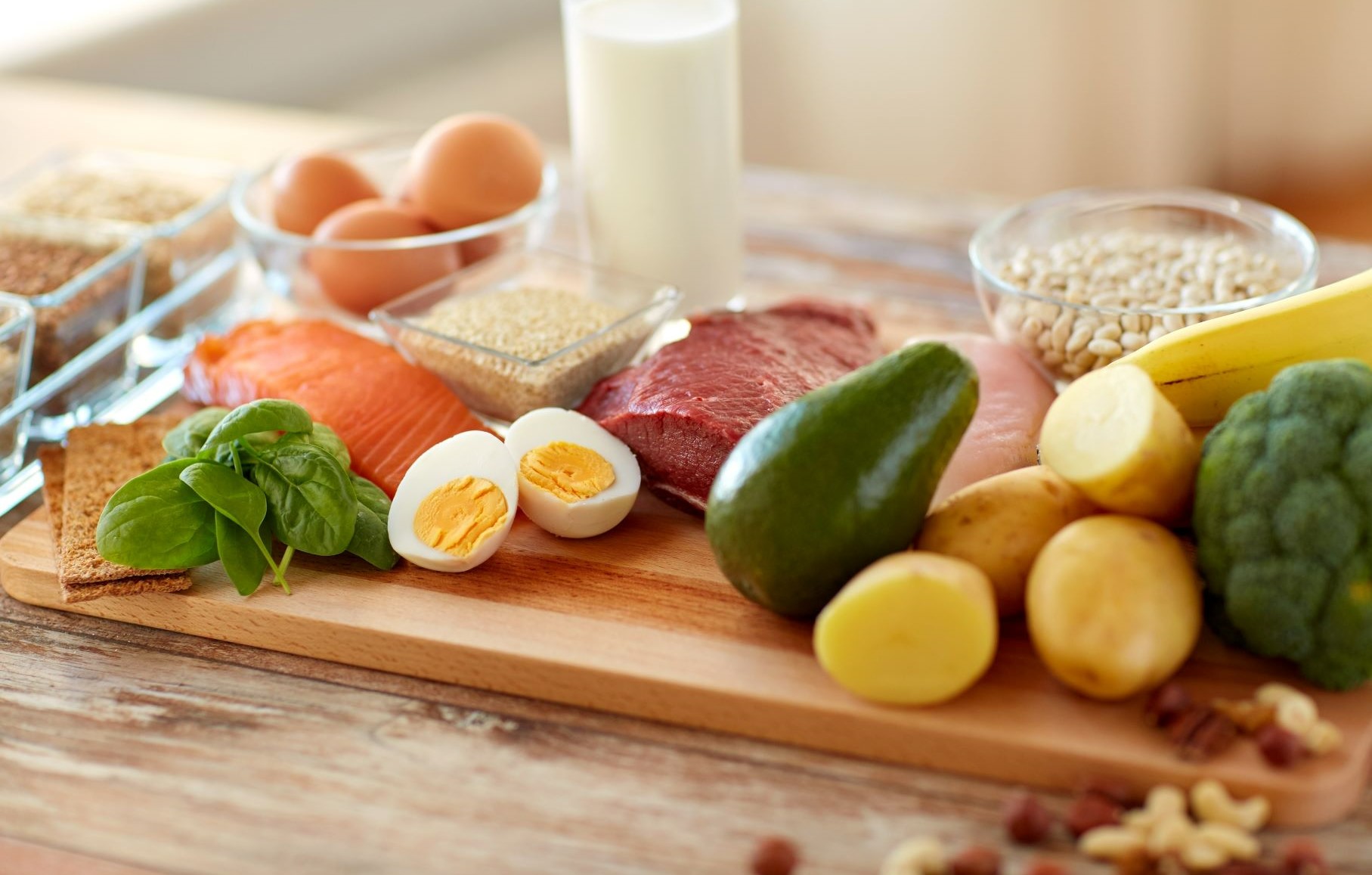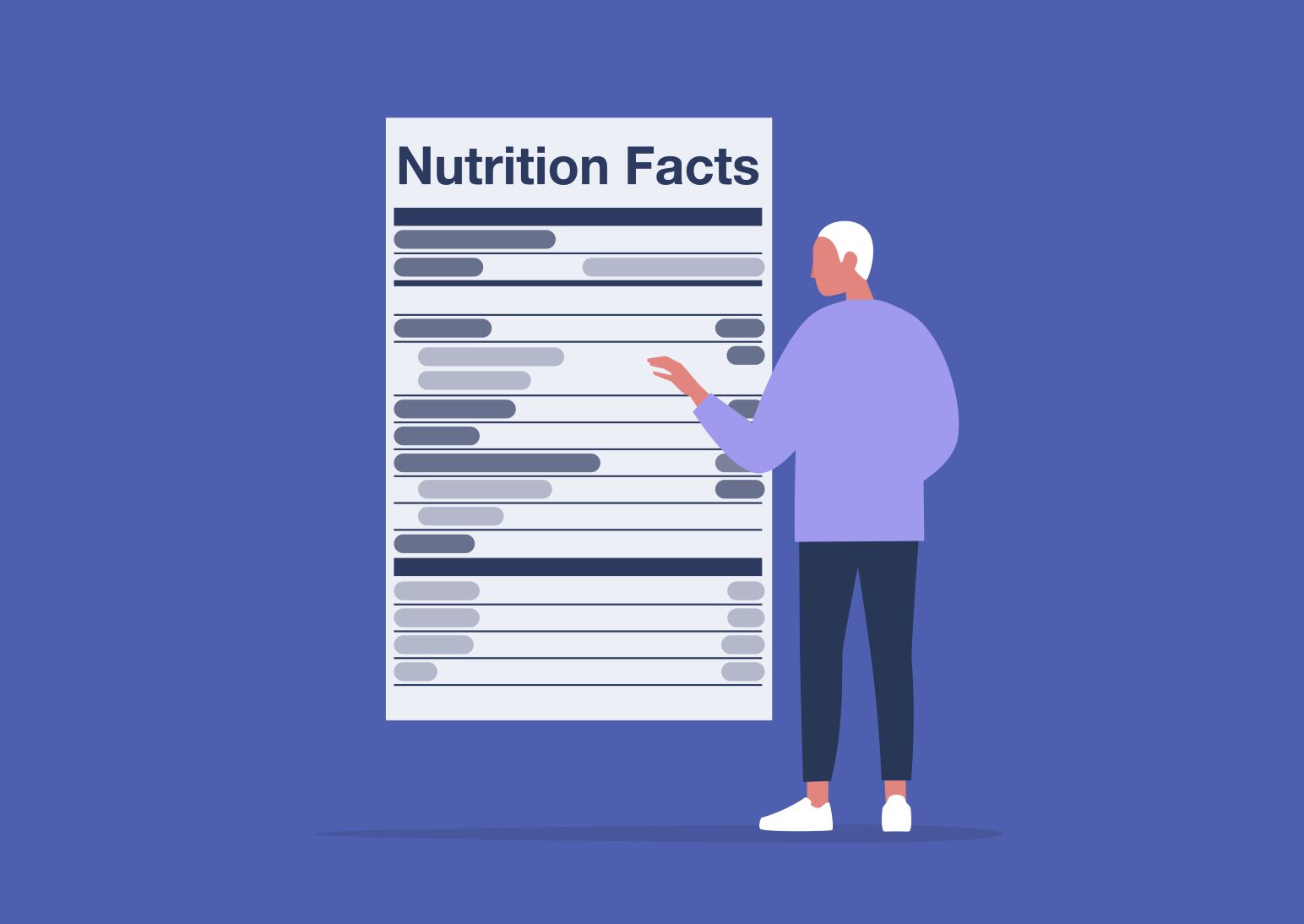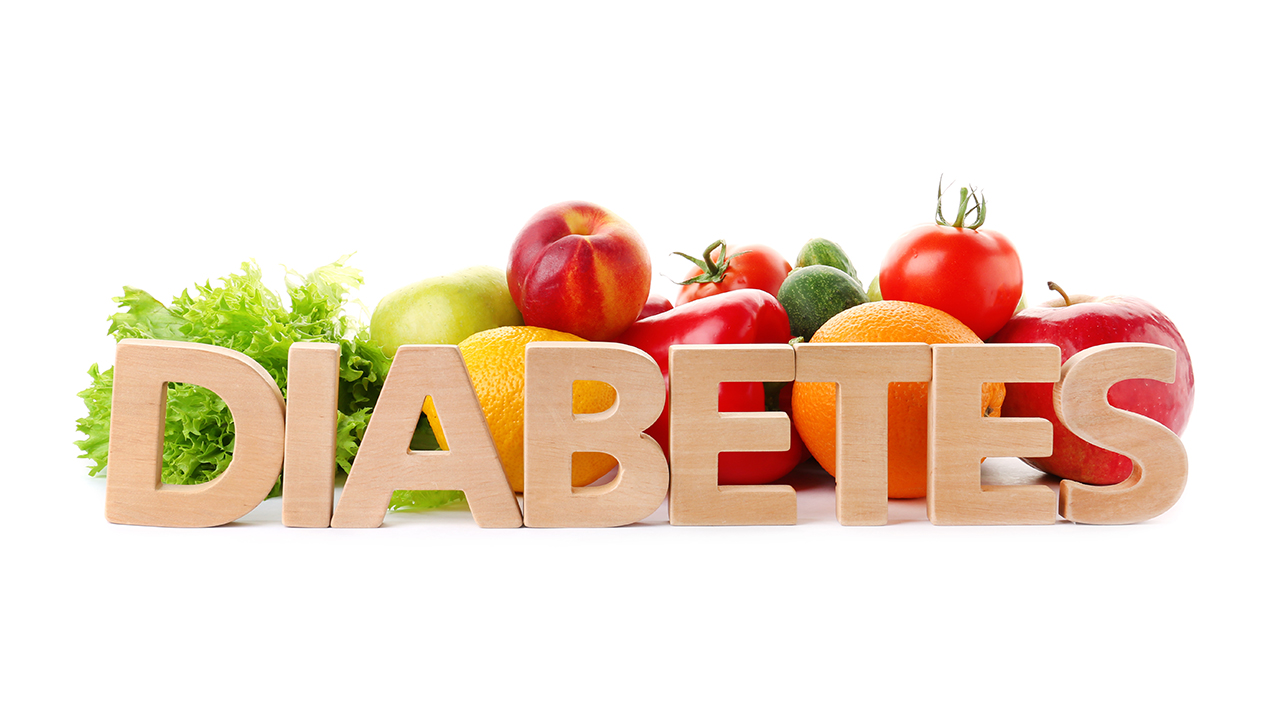The role of fiber in diabetes management


Today we welcome back Medtronic Diabetes Educator, Jessica Miller, RD, DE to talk about the importance of Fiber in healthy eating.
Fiber is a type of carbohydrate found in plant-based foods like fruits, vegetables, legumes, and whole grain breads and cereals. Unlike other types of carbs, the body can’t digest fiber, so instead of being broken down and absorbed by the blood stream, it passes through the digestive track. Since fiber doesn’t require insulin to digest, sometimes people will subtract the amount from the total carbs they’re about to eat before bolusing. Be sure to check with your healthcare provider or diabetes educator before using this method.
According to the American Diabetes Association, it’s recommended women eat about 25 grams and men eat about 38 grams of fiber per day. To put that into perspective, one slice of whole grain bread is about 2-3 grams of fiber. Fiber has many health benefits which could help people with diabetes. So let’s break it down.
Types of Fiber: Soluble and Insoluble
There are 2 kinds of fiber: soluble and insoluble. Soluble fiber dissolves in the water from your food, making a sticky liquid or gel. This gel helps trap certain food elements, slowing down digestion. Insoluble fiber adds bulk to the stool and can help food pass more quickly through the stomach and intestines.
Why is fiber good for us?
1. Blood glucose (BG) control: Since soluble fiber isn’t digested in the blood stream, it’s less likely to cause BG spikes and can help slow down the absorption of sugar, working best when it’s eaten before consuming starchy foods, such as pasta and potatoes. For example, if your meal includes a salad, chicken, potatoes, and green beans, eat the salad and some of the green beans before you eat the potatoes.
2. Heart protection: Inside your digestive system, soluble fiber attaches to cholesterol particles and takes them out of the body, helping to reduce overall cholesterol levels and the risk for heart disease.
3. Weight loss: Fiber helps to keep you full! Fiber adds bulk to your diet, so this is great for people with or without diabetes, as it can help you to stay full so you may end up eating less.
4. Healthy digestive system: Fiber can help keep you regular and improve bowel-related health issues. If your digestive track is feeling sluggish, add some more fiber to your diet to get things moving.
How can I get more fiber into my diet?
1. Read labels: Foods may say “whole grain,” but may not be high in fiber. When you’re looking at nutrition labels for grams of carbs, also check the amount of fiber per serving. If the food doesn’t come with a nutrition label, there’s a variety of helpful smartphone/tablet apps and websites to help. A good rule of thumb is to choose foods with at least 2-3 grams of fiber per serving.
2. Know fiber foods: Oats, barley, vegetables and fruits (with skins for more fiber), brown rice, nuts, legumes, peas, lentils, and whole-grain breads/cereals/pastas are just a few foods to look for.
3. Incorporate a wide variety of foods: Most high-fiber foods have a combination of both soluble and insoluble fiber, so variety is key!
4. Avoid processed and refined foods: Grabbing food that’s quick, cheap, and easy may not provide you the fiber you need. Add time to your food preparation habits, and look for higher fiber options such as salads, or keep healthful snacks on hand, such as nuts, fruits, or veggie slices to tide you over between meals.
5. Start slowly: Switching abruptly to a high fiber diet can cause gas and bloating, so if you’re not a huge fiber eater, slowly incorporate fiber into your diet so your body has time to adjust.
When increasing fiber in your diet, be sure to drink 6-8 glasses of water per day to help avoid constipation and consult with your healthcare team about your individual dietary needs With a little bit of effort, you can add fiber to your diet and help improve your overall health.



